Home>Furniture>Outdoor Furniture>How Long Does A Patio Heater Propane Tank Last?
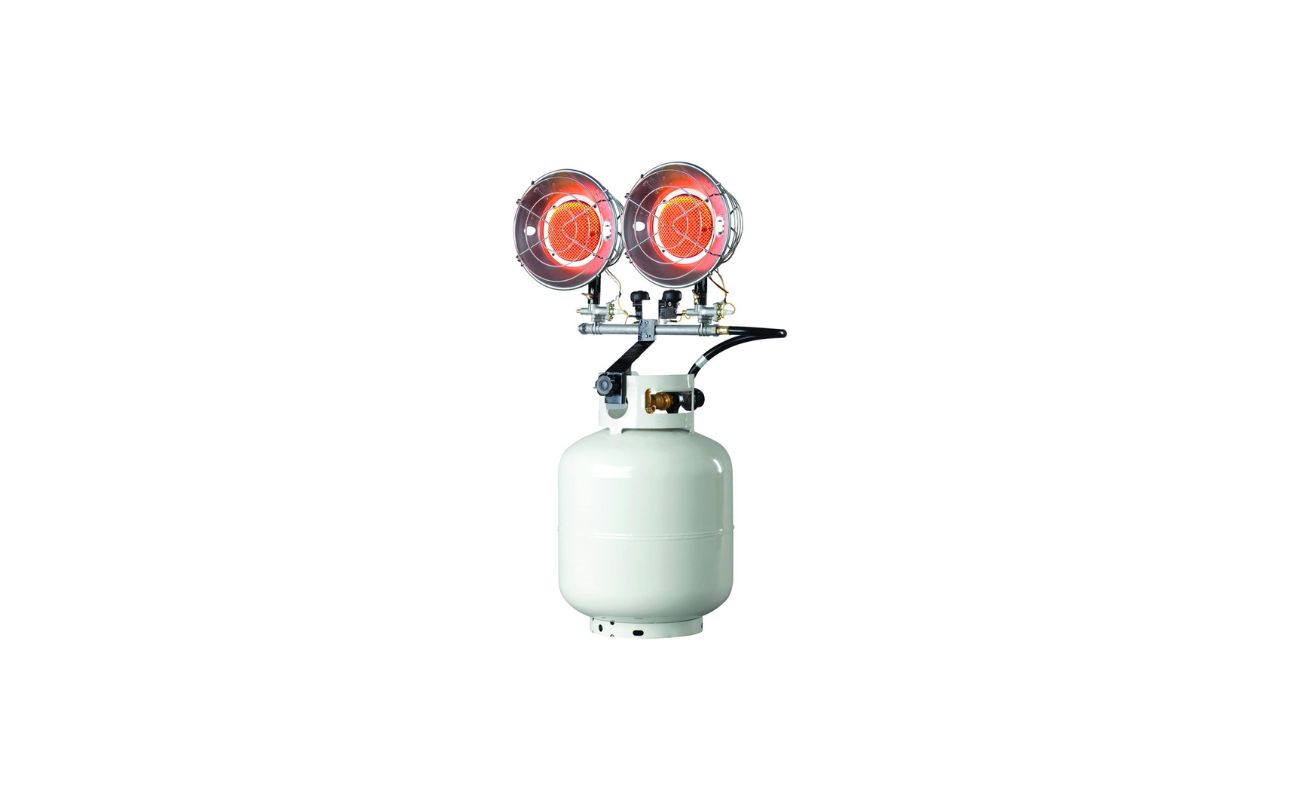

Outdoor Furniture
How Long Does A Patio Heater Propane Tank Last?
Modified: March 24, 2024
Find out how long a propane tank for your outdoor furniture patio heater can last and get the most out of your heating experience.
(Many of the links in this article redirect to a specific reviewed product. Your purchase of these products through affiliate links helps to generate commission for Storables.com, at no extra cost. Learn more)
Introduction
When it comes to enjoying the great outdoors, having the right outdoor furniture can make all the difference. Whether it’s for lounging by the pool, hosting a barbecue with friends, or simply relaxing on your patio, investing in quality outdoor furniture is essential. But with so many options available, how do you choose the best outdoor furniture for your needs?
In this comprehensive guide, we will explore the world of outdoor furniture and help you make an informed decision. We will cover everything from the different types of materials used in outdoor furniture to the various styles and designs available. Additionally, we will provide tips on how to properly care for and maintain your outdoor furniture to ensure its longevity.
Before diving into the details, it’s important to understand the importance of outdoor furniture. Outdoor furniture serves as an extension of your indoor living space, allowing you to create a comfortable and inviting environment in your backyard or patio. Whether you have a large sprawling lawn or a cozy balcony, outdoor furniture helps you maximize the use of your outdoor space and create an oasis that reflects your personal style and preferences.
But with so many options available, it’s easy to get overwhelmed. That’s where this guide comes in. We have done the research and compiled all the information you need to know to make an informed decision. From the different types of outdoor furniture materials, such as wood, metal, and wicker, to the pros and cons of each, we will guide you through the process of selecting the perfect outdoor furniture for your needs.
Furthermore, we will delve into the various styles and designs available in outdoor furniture, such as traditional, modern, and contemporary. We will discuss the features and characteristics of each style and help you determine which one best complements your outdoor space and personal aesthetic.
In addition to style and materials, we will also provide tips on how to properly care for and maintain your outdoor furniture to ensure its longevity. From cleaning and protecting your furniture from the elements to storing it during the off-season, we will share expert advice on how to keep your outdoor furniture looking pristine for years to come.
So, whether you’re looking to create a cozy seating area on your patio or set up a dining space in your garden, this comprehensive guide will equip you with all the knowledge you need to choose the best outdoor furniture for your needs. Let’s dive in and discover the world of outdoor furniture together!
Key Takeaways:
- Propane tank duration depends on factors like BTU rating, tank size, usage patterns, and maintenance. Understanding these factors helps optimize propane usage for extended outdoor heating.
- Conserving propane usage through heat settings, zone heating, and maintenance maximizes the duration of your propane tank. Embracing these practices ensures a cozy and eco-friendly outdoor heating experience.
Factors Affecting Propane Tank Duration
When it comes to using a propane tank for your patio heater, understanding the factors that can affect its duration is crucial. While there is no one-size-fits-all answer to how long a propane tank will last, several key factors can influence its lifespan. By considering these factors, you can optimize propane usage and increase the overall duration of your propane tank.
1. BTU Rating and Consumption Rate:
The BTU (British Thermal Unit) rating of your patio heater plays a significant role in determining the rate at which propane is consumed. Higher BTU ratings indicate a more powerful heater, which consequently results in a faster depletion of propane. It’s essential to consider the BTU rating of your patio heater when estimating the duration of your propane tank. Manufacturers often provide information on the average consumption rate for their heaters, allowing you to calculate an approximate duration based on the tank’s capacity.
2. Tank Size and Capacity:
The size and capacity of your propane tank directly correlate with its duration. Propane tanks come in various sizes, typically measured in pounds (e.g., 20 lb, 30 lb, 40 lb). Larger tanks have a higher capacity and can hold more propane, resulting in a longer duration. If you frequently use your patio heater or have extended outdoor gatherings, opting for a larger tank can ensure uninterrupted propane supply for an extended period.
3. Usage Patterns and Settings:
How often you use your patio heater and the duration of each usage session significantly impact the propane tank duration. If you use your patio heater occasionally for shorter periods, your propane tank is likely to last longer. Conversely, using the heater frequently and for extended periods will deplete the propane at a quicker rate. Additionally, adjusting the heat settings on your patio heater can affect propane consumption. High heat settings will consume propane more rapidly than lower settings.
4. Propane Tank Lifespan and Maintenance:
The age and condition of your propane tank can also influence the duration of its use. Propane tanks have a limited lifespan and should be inspected and replaced as necessary. Regular maintenance, such as ensuring proper fittings and valves, checking for leaks, and storing the tank correctly, can help optimize its lifespan and ensure safe and efficient operation.
It’s important to note that these factors are interrelated, and optimizing one can impact the others. For example, using a lower BTU rating heater or adjusting the heat settings to a lower level can extend the duration of your propane tank. Similarly, larger tank sizes offer longer durations but may also be heavier and less portable.
By considering these factors and making informed choices, you can maximize the duration of your propane tank and enjoy extended outdoor heating for your patio or outdoor space. It’s crucial to find the right balance between comfort and conservation to ensure you have a steady propane supply for your desired duration.
BTU Rating and Consumption Rate
When it comes to propane tank duration, understanding the relationship between BTU rating and consumption rate is vital. The BTU (British Thermal Unit) rating of a patio heater determines the amount of heat it can produce per hour. This rating directly affects the consumption rate of propane and ultimately impacts how long a propane tank will last.
BTU rating and consumption rate go hand in hand. A higher BTU rating means the patio heater can produce more heat, but it also means it will consume propane at a faster rate. Conversely, a lower BTU rating equates to less heat output and slower propane consumption.
To calculate the propane consumption rate of a patio heater, it’s important to know its BTU rating. Manufacturers typically provide this information, allowing you to estimate how much propane will be used per hour. For example, a patio heater with a BTU rating of 40,000 may consume 1.5 pounds of propane per hour.
The consumption rate of propane can vary depending on several factors, including weather conditions, the desired temperature, and the size of the area to be heated. In colder temperatures or windy conditions, the patio heater may require higher heat output, leading to increased propane consumption.
To maximize the duration of your propane tank, it’s important to choose a patio heater with a BTU rating that fits your needs. Consider the size of your outdoor space and the desired temperature to determine an appropriate BTU rating. A higher BTU rating may be necessary for larger areas or when temperatures are colder, while a lower BTU rating may be sufficient for smaller spaces or milder weather.
In addition to the BTU rating, you can also adjust the heat output of your patio heater to control propane consumption. Most patio heaters come with adjustable heat settings, allowing you to customize the level of heat output. By reducing the heat settings when possible, you can conserve propane and extend the duration of your propane tank.
It’s important to note that calculating propane consumption based solely on BTU rating is an estimate, as other factors can also impact consumption. The efficiency of the patio heater, the quality of the propane, and the outdoor environment all play a role in determining the actual propane usage.
By understanding the relationship between BTU rating and consumption rate, you can make informed decisions when selecting a patio heater and optimizing the duration of your propane tank. Finding the right balance between heat output and propane conservation will ensure a comfortable and efficient outdoor heating experience while keeping your propane supply lasting as long as possible.
Tank Size and Capacity
The size and capacity of a propane tank are significant factors that influence the duration of your outdoor patio heater. Propane tanks come in various sizes, typically measured in pounds, such as 20 lb, 30 lb, or 40 lb. The larger the tank size, the more propane it can hold, resulting in a longer-lasting fuel supply.
When considering the tank size and capacity, it’s important to assess your specific needs and usage patterns. Here’s what you need to know about tank size and capacity:
1. Duration of Use:
The duration of your outdoor heating sessions and how often you use the patio heater are essential aspects to consider when choosing a propane tank size. If you frequently use your patio heater for extended periods or have frequent outdoor gatherings, a larger tank size will ensure you have enough propane to last through these events without needing to refill or replace the tank frequently.
2. Convenience and Portability:
While larger tank sizes offer longer durations, they can also be heavier and less portable. Consider the logistics of transporting and storing the tank, especially if you plan on moving it frequently. Smaller tanks are more portable and easier to handle but may require more frequent refills or replacements.
3. Available Space:
The space available in your outdoor area or storage shed should also be considered when selecting a tank size. Larger tanks require more storage space, so ensure you have adequate room to store a bigger tank if you choose one.
4. Safety Considerations:
It’s crucial to follow safety guidelines and regulations regarding propane tank storage. Check with your local authorities for any specific regulations or guidelines in your area. Some jurisdictions may have restrictions on the maximum tank size allowed for residential use.
5. Refill versus Exchange:
When it comes to refilling propane tanks, there are two options: refill or exchange. Refilling a tank allows you to fill it up to its full capacity, whereas exchanging a tank involves swapping an empty tank for a pre-filled one. If you opt for the exchange method, keep in mind that the tank size may vary depending on the provider. Be sure to check the capacity of the tank you receive during an exchange to ensure it meets your needs.
It’s worth noting that the duration of a propane tank will depend on factors such as the BTU rating of your patio heater, the consumption rate, and usage patterns. While selecting a larger tank size can provide a longer duration overall, it’s important to balance your specific needs with mobility, storage space, and safety considerations.
Understand your usage patterns, consider portability requirements, and factor in available storage space to determine the appropriate tank size for your outdoor patio heater. By making a well-informed decision in selecting the tank size and capacity, you can ensure a convenient and uninterrupted supply of propane for your outdoor heating needs.
A standard 20-pound propane tank can last around 10 hours on high heat and up to 28 hours on low heat when used with a patio heater. Keep in mind that factors like temperature and wind can affect the tank’s lifespan.
Usage Patterns and Settings
Understanding your usage patterns and adjusting the settings of your patio heater can greatly influence the duration of your propane tank. By considering these factors and making conscious choices, you can optimize propane usage and extend the overall duration of your tank.
1. Frequency of Use:
The frequency with which you use your patio heater will directly impact the consumption of propane. If you only use your patio heater occasionally, such as during special events or on chilly evenings, your propane tank will last longer. On the other hand, if you use your patio heater frequently, for example, every evening or during extended outdoor gatherings, your propane tank will deplete more quickly.
2. Duration of Use:
The length of time you use your patio heater in each session is another important factor. If you typically use the heater for shorter periods, such as 1-2 hours at a time, your propane tank will last longer compared to using it for extended periods. Consider reducing the duration of each usage session to conserve propane and extend your tank’s duration.
3. Heat Settings:
Most patio heaters come with adjustable heat settings, allowing you to control the amount of heat output. Higher heat settings will consume propane at a faster rate, while lower settings will conserve propane and prolong the tank’s duration. Consider adjusting the heat settings to a comfortable level rather than keeping it on the highest setting to minimize propane consumption.
4. Ambient Temperature:
The ambient temperature plays a role in determining the propane consumption of your patio heater. In colder weather conditions, the heater will need to work harder and consume more propane to maintain the desired level of warmth. Consider the weather conditions and adjust your propane usage accordingly. On milder days, you can lower the heat settings or even turn off the patio heater if it is not necessary.
5. Supplementing with Other Heat Sources:
To conserve propane and prolong the duration of your propane tank, consider using other heat sources in conjunction with your patio heater. For example, if you have an outdoor fireplace or fire pit, you can utilize them to provide additional warmth while reducing reliance on the patio heater. This will help distribute heat evenly and reduce the strain on the propane tank.
By being mindful of your usage patterns and adjusting the settings of your patio heater, you can effectively reduce propane consumption and extend the duration of your propane tank. Finding the right balance between comfort and conservation will ensure that you have an enjoyable outdoor heating experience while making the most out of your propane supply.
Propane Tank Lifespan and Maintenance
Understanding the lifespan of a propane tank and properly maintaining it are crucial to ensure safe and efficient operation and maximize its longevity. Propane tanks are designed to last for many years, but regular maintenance and adherence to safety guidelines are essential. Here’s what you need to know about propane tank lifespan and maintenance:
1. Lifespan:
Propane tanks are generally made of steel or aluminum and are built to withstand the demands of storing and transporting propane. The average lifespan of a propane tank is around 20 years, but this can vary depending on usage, maintenance, and environmental factors. Inspect your tank regularly for signs of wear and consult with a professional if you have any concerns about its condition.
2. Visual Inspections:
Regular visual inspections are essential to identify any potential issues with your propane tank. Check for rust, dents, or any signs of damage that may compromise the tank’s integrity. Pay close attention to the valve, fittings, and gauges for any signs of leakage or corrosion. If you notice any issues, it’s important to address them promptly to prevent further damage.
3. Leak Testing:
Propane tanks should undergo a leak test every time they are disconnected or whenever there is suspicion of a leak. To perform a leak test, mix water with a small amount of dish soap and apply the solution to the connections, valves, and any areas where leaks may occur. If you see bubbles forming, it indicates a leak, and you should take immediate action to fix or replace the faulty components.
4. Valve Maintenance:
The valve on your propane tank plays a crucial role in controlling the flow of propane. Regularly inspect the valve for any signs of wear or damage and ensure it operates smoothly. If you notice any issues with the valve, such as difficulty turning or leaks, contact a professional for inspection and repair.
5. Storage and Transportation:
When not in use, it’s important to store your propane tank in a well-ventilated outdoor area away from open flames, heat sources, or direct sunlight. Propane tanks should be kept upright to prevent leakage. If you need to transport the tank, secure it properly in an upright position and ensure it is well-protected to prevent damage.
6. Professional Inspections:
To ensure the safety and efficient operation of your propane tank, it’s recommended to have it inspected by a professional periodically. They can assess the overall condition of the tank, test for leaks, and provide expert guidance on any necessary repairs or replacements.
By following these maintenance practices and adhering to safety guidelines, you can prolong the lifespan of your propane tank and ensure the safety of you and your outdoor space. Remember to always handle propane tanks with care and consult with professionals if you have any concerns or need assistance with maintenance or repairs.
Tips for Conserving Propane Tank Usage
Conserving propane usage not only helps prolong the duration of your propane tank but also reduces your environmental footprint and saves on costs. By adopting these tips, you can optimize propane consumption and make the most out of your outdoor heating experience:
1. Proper Insulation and Sealing:
Ensure that your outdoor space, such as a patio or enclosed area, is properly insulated and sealed. This helps retain heat and reduces the reliance on your patio heater. Consider using weatherstripping or installing curtains or screens to contain heat and prevent drafts.
2. Use Outdoor Blankets or Heated Seat Cushions:
Supplement your patio heater by providing blankets or heated seat cushions to keep yourself and your guests warm. This allows you to lower the heat output of the patio heater while still maintaining a comfortable temperature.
3. Plan and Consolidate Usage:
Before turning on your patio heater, plan your outdoor activities and consolidate their timing. By minimizing the number of times you switch the heater on and off, you can reduce propane consumption. Coordinate with friends or family to utilize the patio heater during joint gatherings or events rather than individual usage sessions.
4. Consider Zone Heating:
Rather than heating the entire outdoor area, focus on heating specific zones or seating areas. Use portable heaters or fire pits strategically placed near where people gather to concentrate the heat. This targeted approach reduces the overall propane usage while still providing warmth where it is needed most.
5. Optimize Heat Settings:
Adjust the heat settings of your patio heater to the lowest comfortable level. Often, people set heaters higher than necessary, resulting in excessive propane consumption. Experiment and find the sweet spot that provides enough warmth without wasting propane.
6. Positioning and Direction:
Ensure that your patio heater is positioned correctly to maximize its effectiveness. Consider the direction of the wind and any obstacles that may obstruct heat flow. Optimize the placement to minimize heat loss and maximize heat distribution.
7. Utilize Fire Pits or Outdoor Fireplaces:
If you have a fire pit or outdoor fireplace, take advantage of them as alternative heat sources. These can provide warmth and ambiance while reducing the reliance on your patio heater. Gather around the fire pit or fireplace to enjoy the heat and have a cozy outdoor experience.
8. Regular Maintenance:
Regularly maintain your patio heater by cleaning it, checking for any leaks, and ensuring proper functionality. A well-maintained heater operates efficiently, reducing propane consumption. Remove any debris, spider webs, or dust that could obstruct the burners or affect the efficiency of the heater.
9. Turn Off When Not in Use:
When you’re not using your outdoor space, make it a habit to switch off the patio heater. This simple step ensures that propane is not wasted when it’s not needed. Remember to turn off the propane supply at the tank as well for added safety and conservation.
By adopting these tips, you can maximize the use of your propane tank while enjoying a warm and comfortable outdoor space. Conserving propane not only benefits you economically but also contributes to sustainability by reducing your energy consumption. Embrace these conservation practices for a more efficient and eco-friendly outdoor heating experience.
Conclusion
Investing in high-quality outdoor furniture is essential for creating an inviting and comfortable outdoor space. By considering factors such as materials, styles, and designs, you can choose the perfect outdoor furniture that complements your personal style and withstands the elements.
When it comes to heating your outdoor space, understanding the factors that affect propane tank duration is crucial. Consider the BTU rating and consumption rate of your patio heater, the size and capacity of your propane tank, your usage patterns and settings, and the necessary maintenance to optimize the lifespan of your tank and conserve propane usage.
By adjusting the heat settings, utilizing zone heating, and supplementing with other heat sources, you can maximize propane tank duration while providing a cozy and enjoyable outdoor experience. Regular maintenance, such as visual inspections, leak testing, and valve maintenance, ensures the safe and efficient operation of your propane tank.
Adopting conservation practices, such as proper insulation, planning and consolidating usage, and optimizing heat settings, allows you to enjoy your outdoor space while minimizing propane consumption. Additionally, utilizing fire pits or outdoor fireplaces and turning off the patio heater when not in use can further conserve propane and reduce your environmental impact.
By implementing these tips and incorporating them into your outdoor lifestyle, you can make the most out of your propane tank and outdoor furniture. Create a warm and inviting atmosphere in your outdoor space, whether it’s a small balcony or a spacious patio, and enjoy the benefits of outdoor living all year round.
Remember to always prioritize safety and abide by local regulations and guidelines. Consult with professionals for maintenance, repairs, or any concerns regarding propane tanks and outdoor heating systems.
With the right outdoor furniture and a well-maintained propane tank, you can create a haven in your own backyard, a place where you can relax, entertain, and make lasting memories. Choose durable and stylish outdoor furniture, conserve propane usage, and embrace the joy of outdoor living to its fullest.
Frequently Asked Questions about How Long Does A Patio Heater Propane Tank Last?
Was this page helpful?
At Storables.com, we guarantee accurate and reliable information. Our content, validated by Expert Board Contributors, is crafted following stringent Editorial Policies. We're committed to providing you with well-researched, expert-backed insights for all your informational needs.
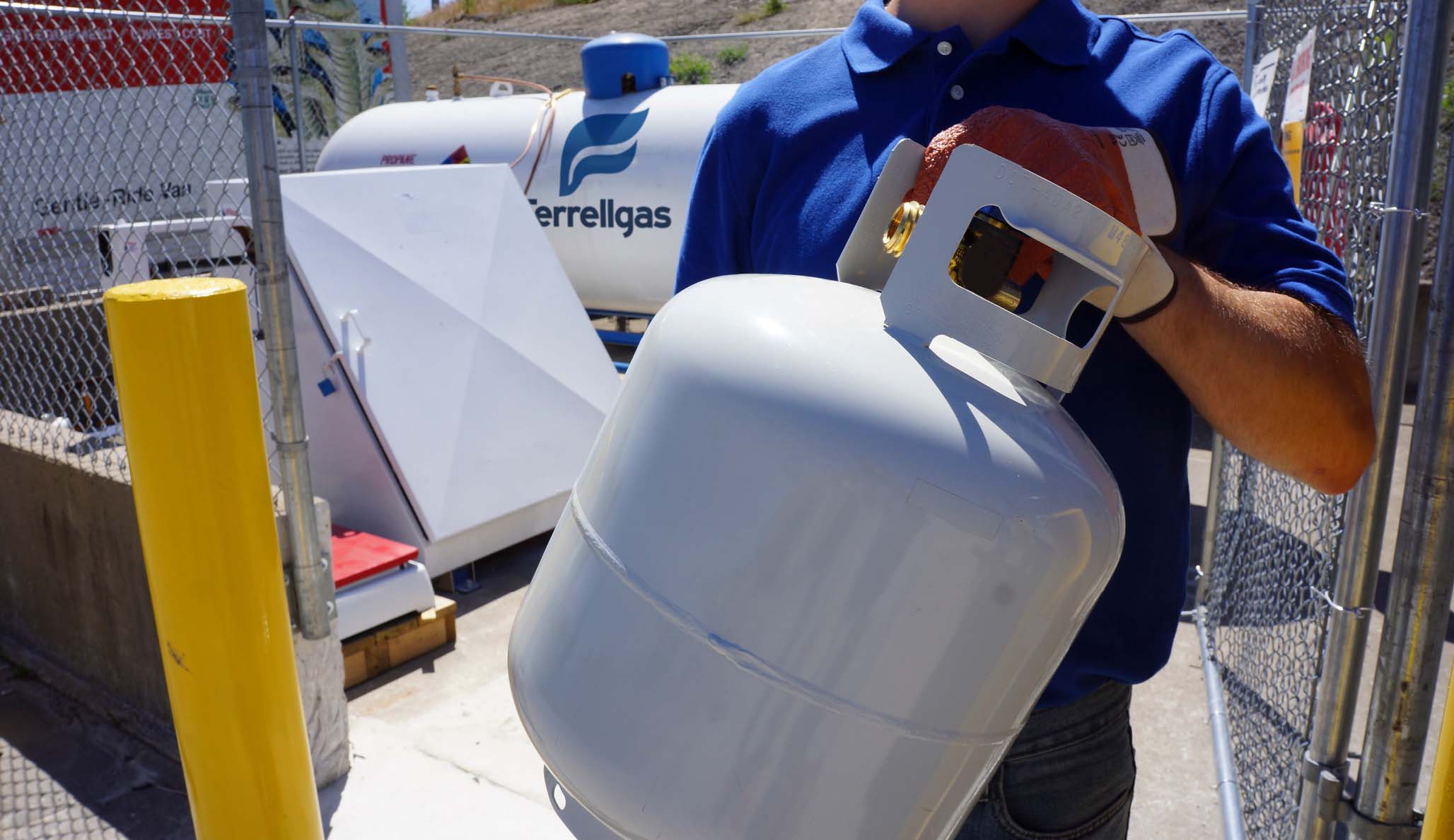
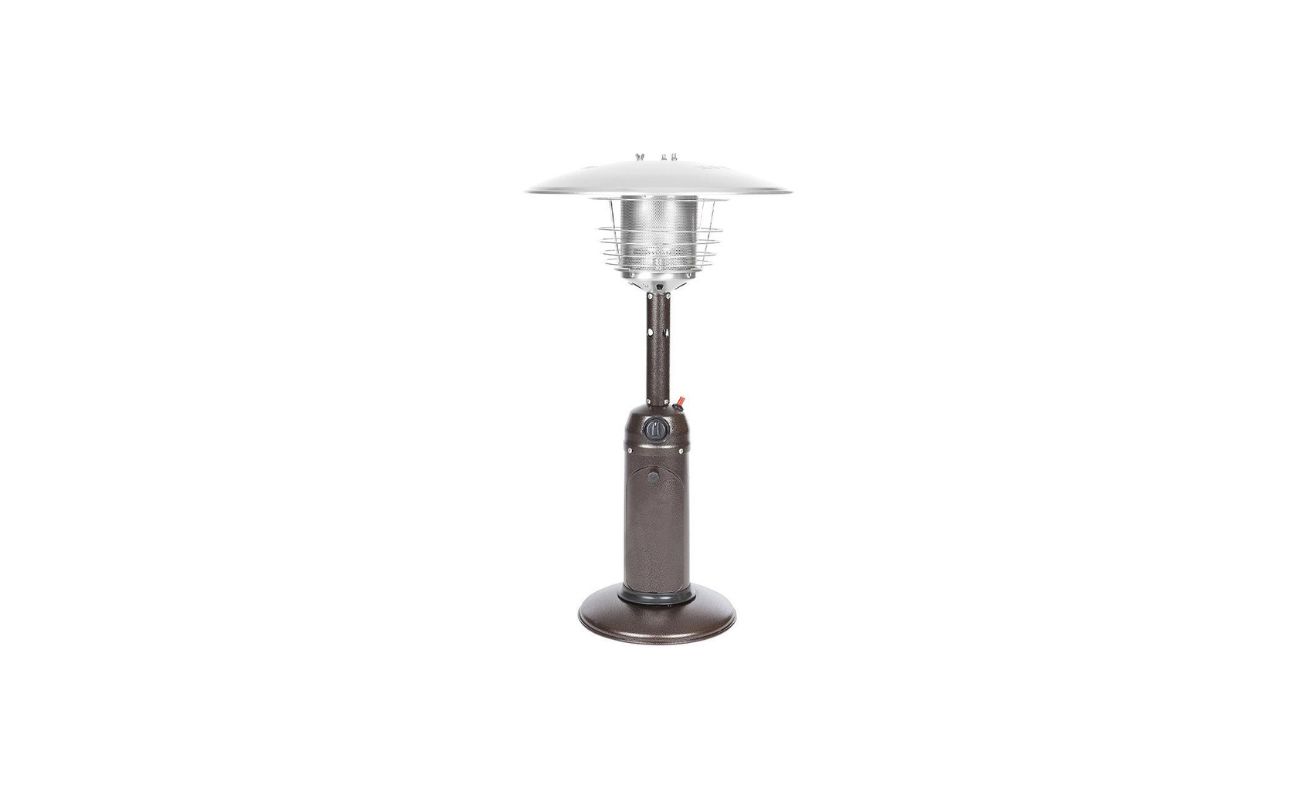
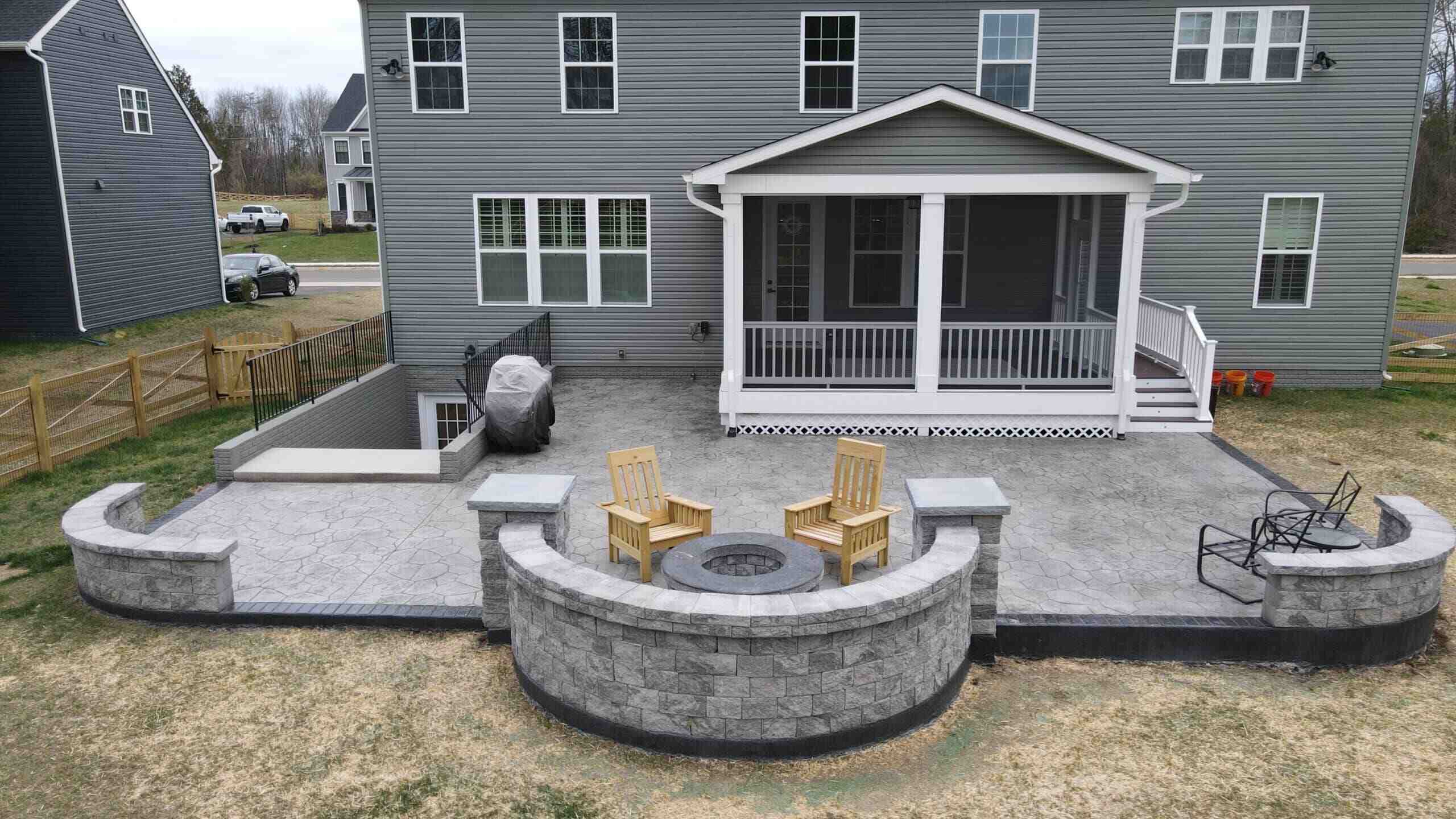
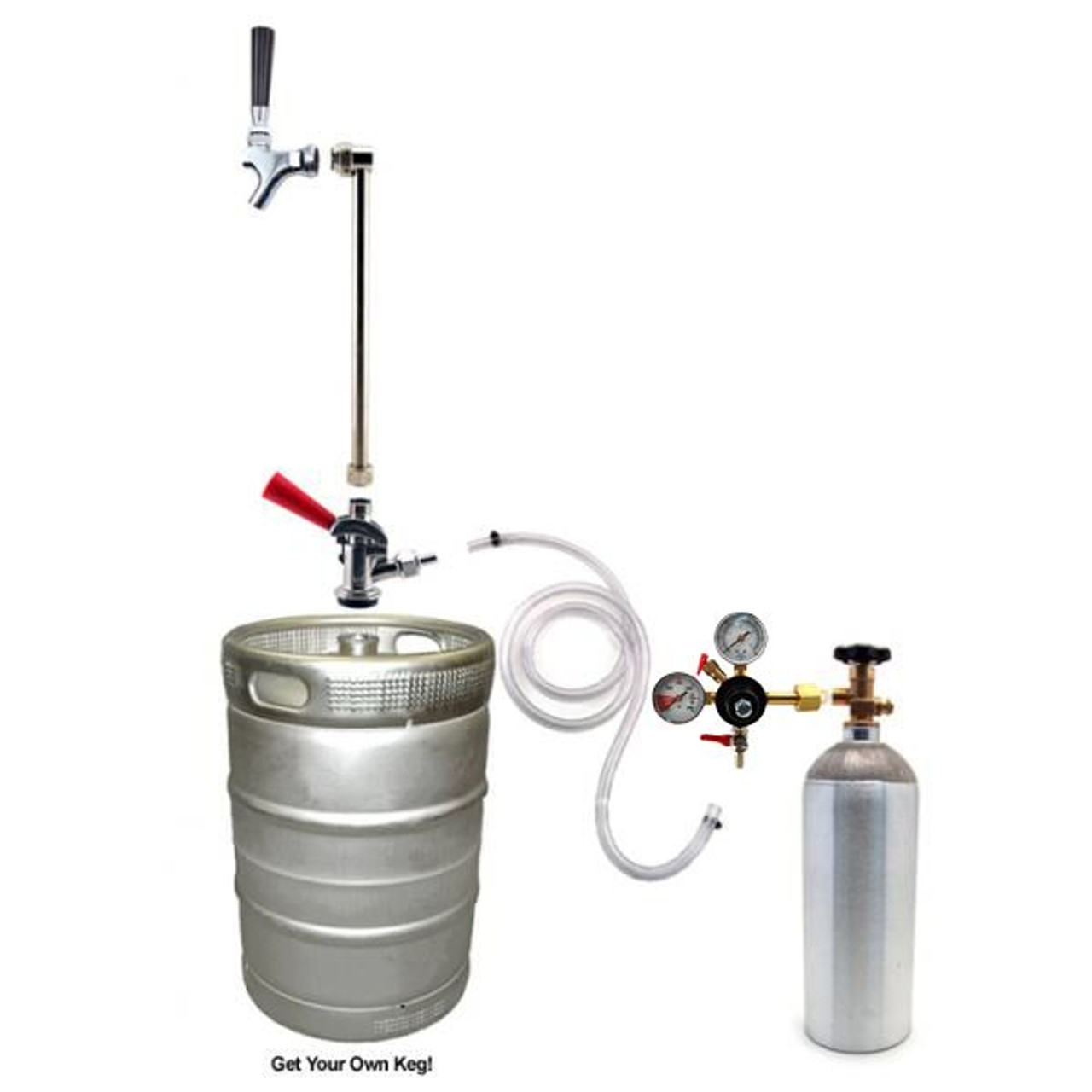
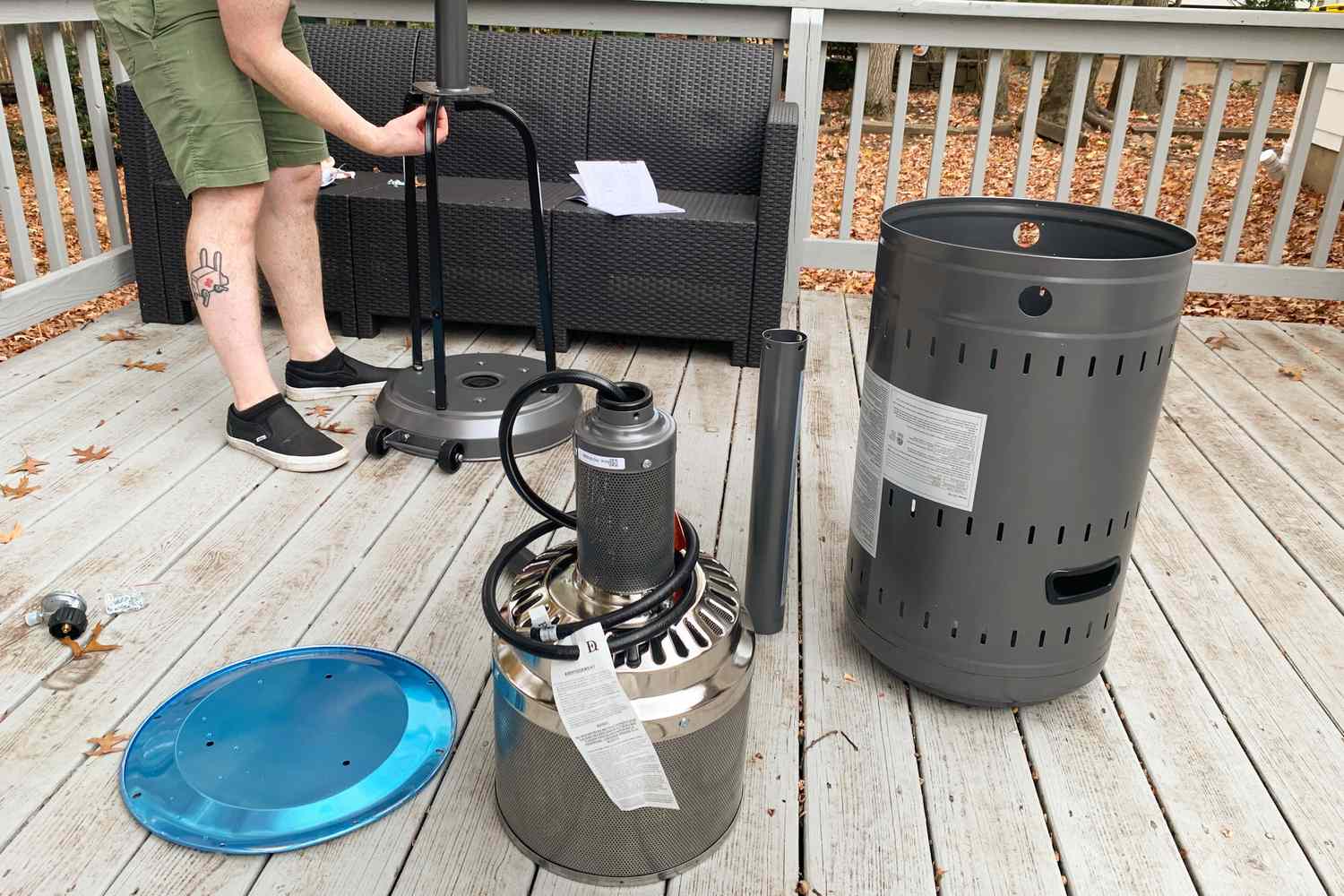
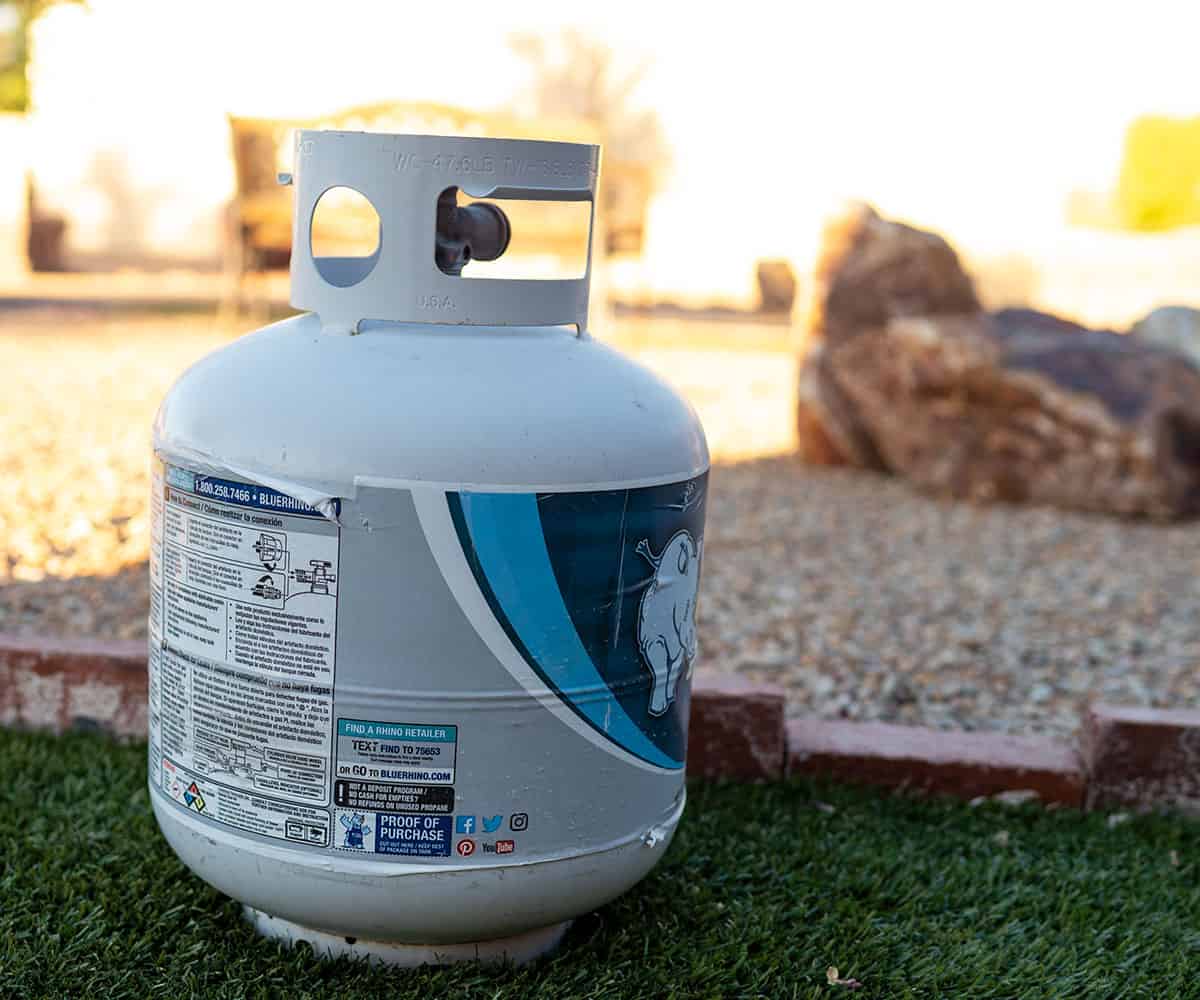
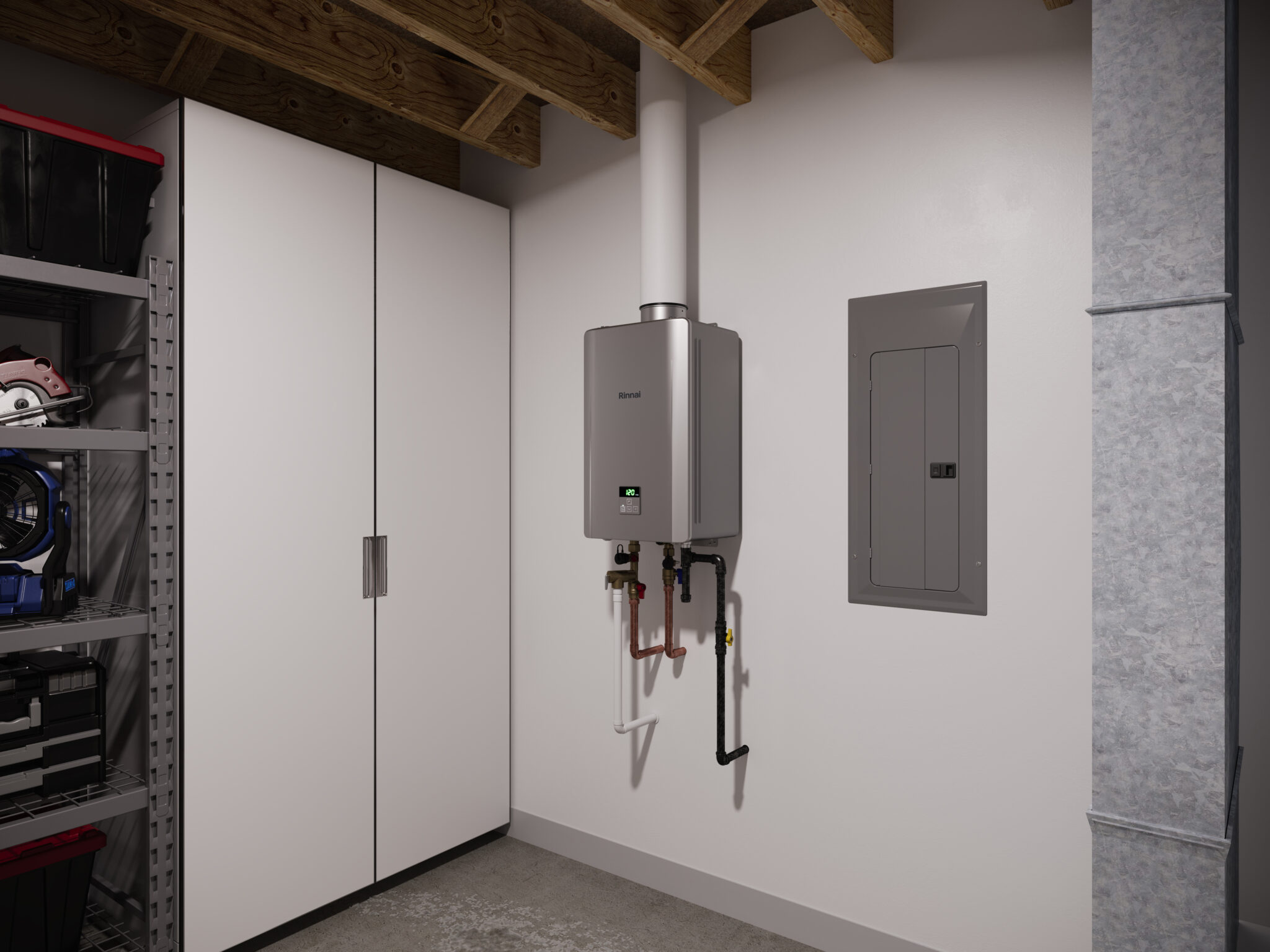
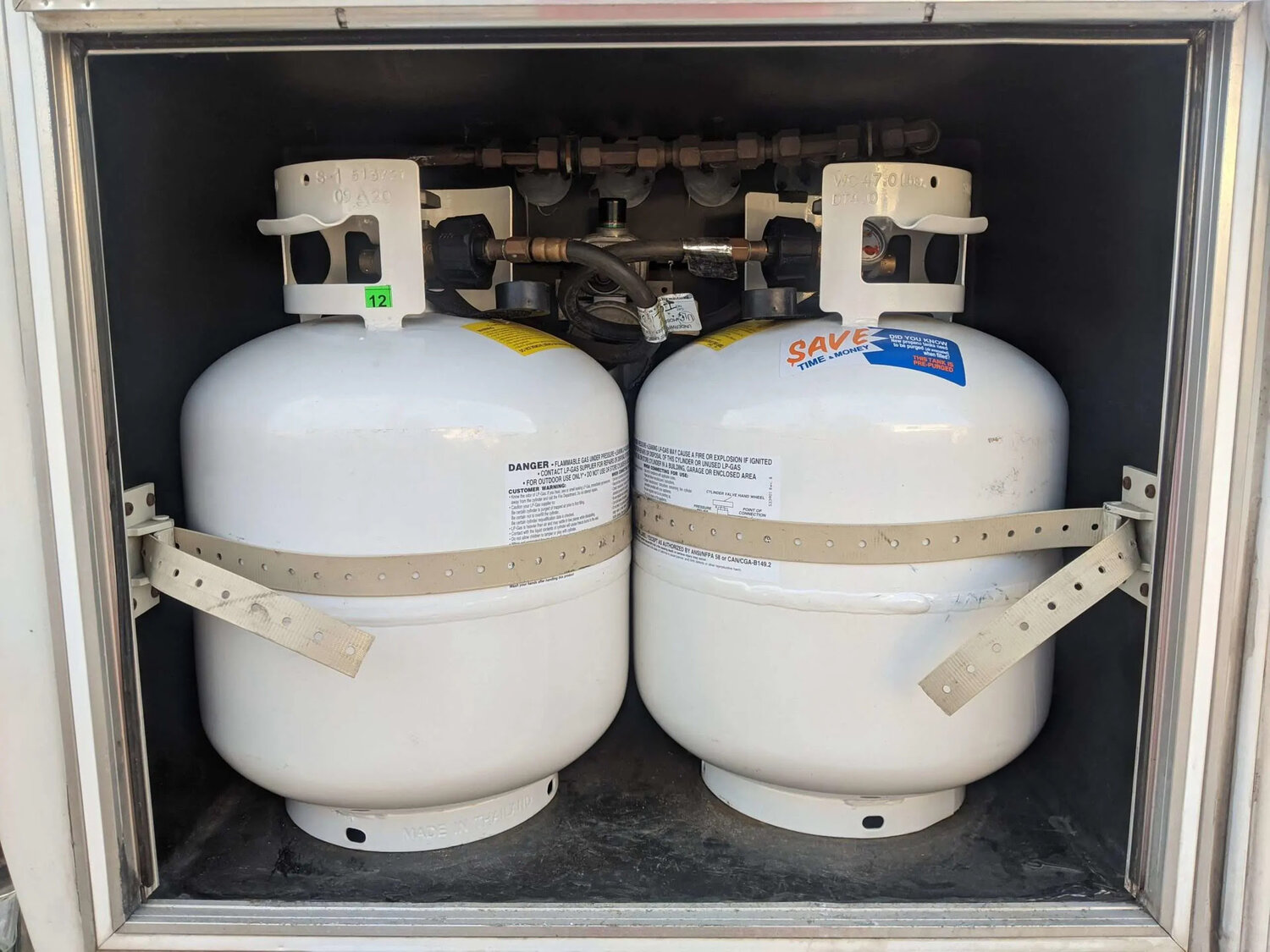
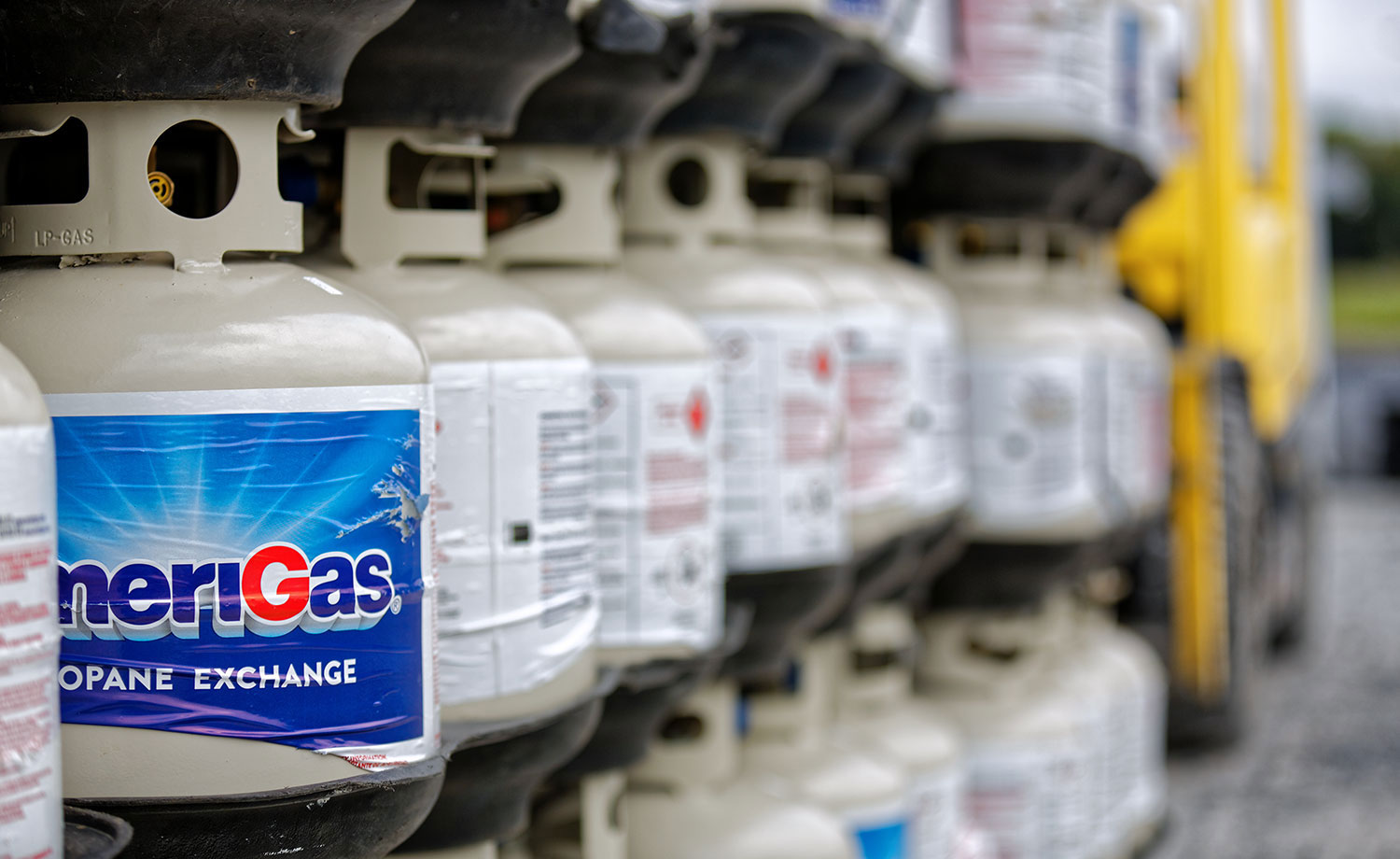
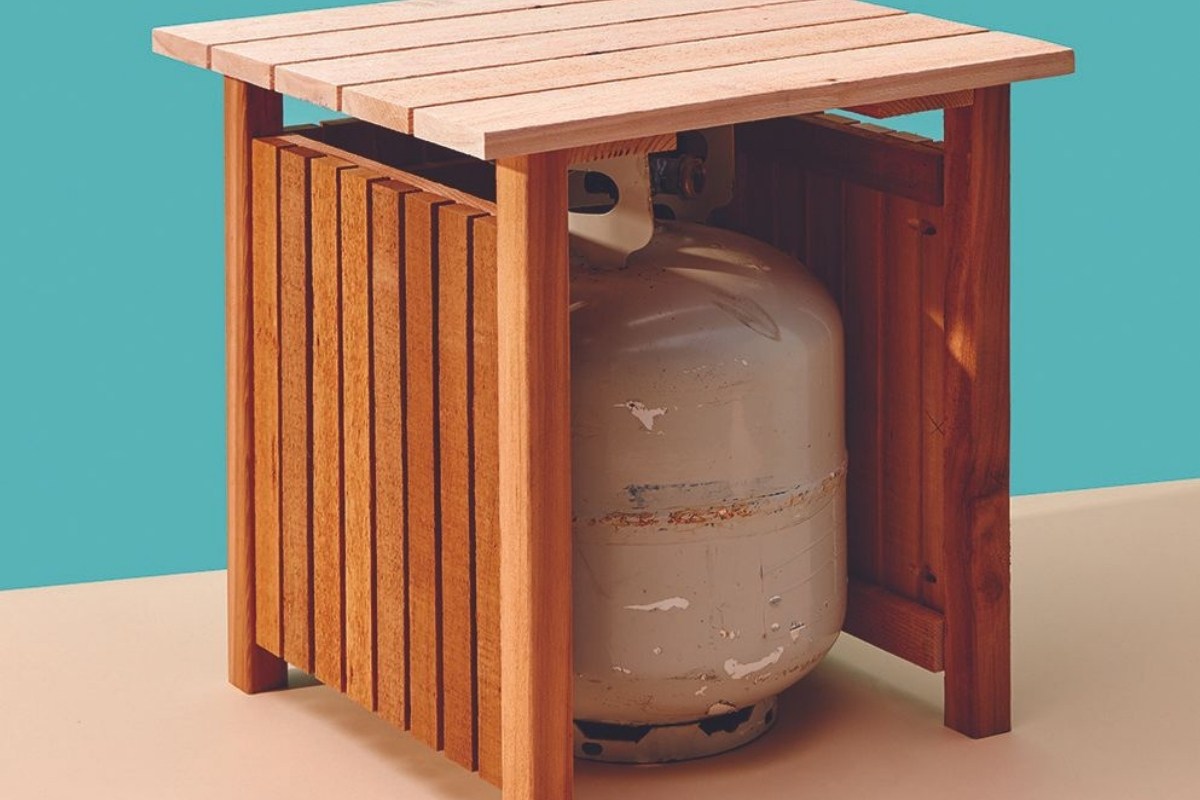
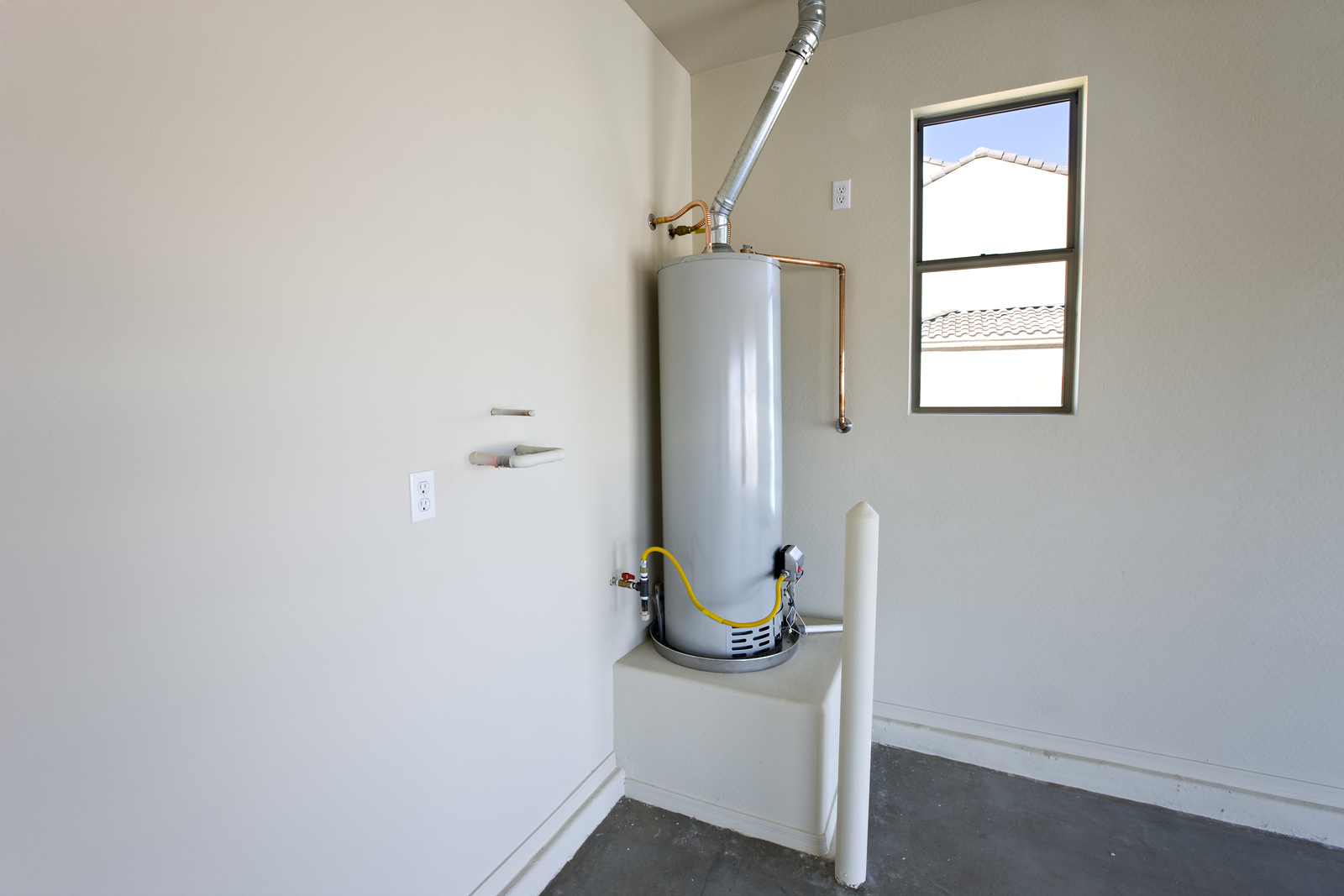
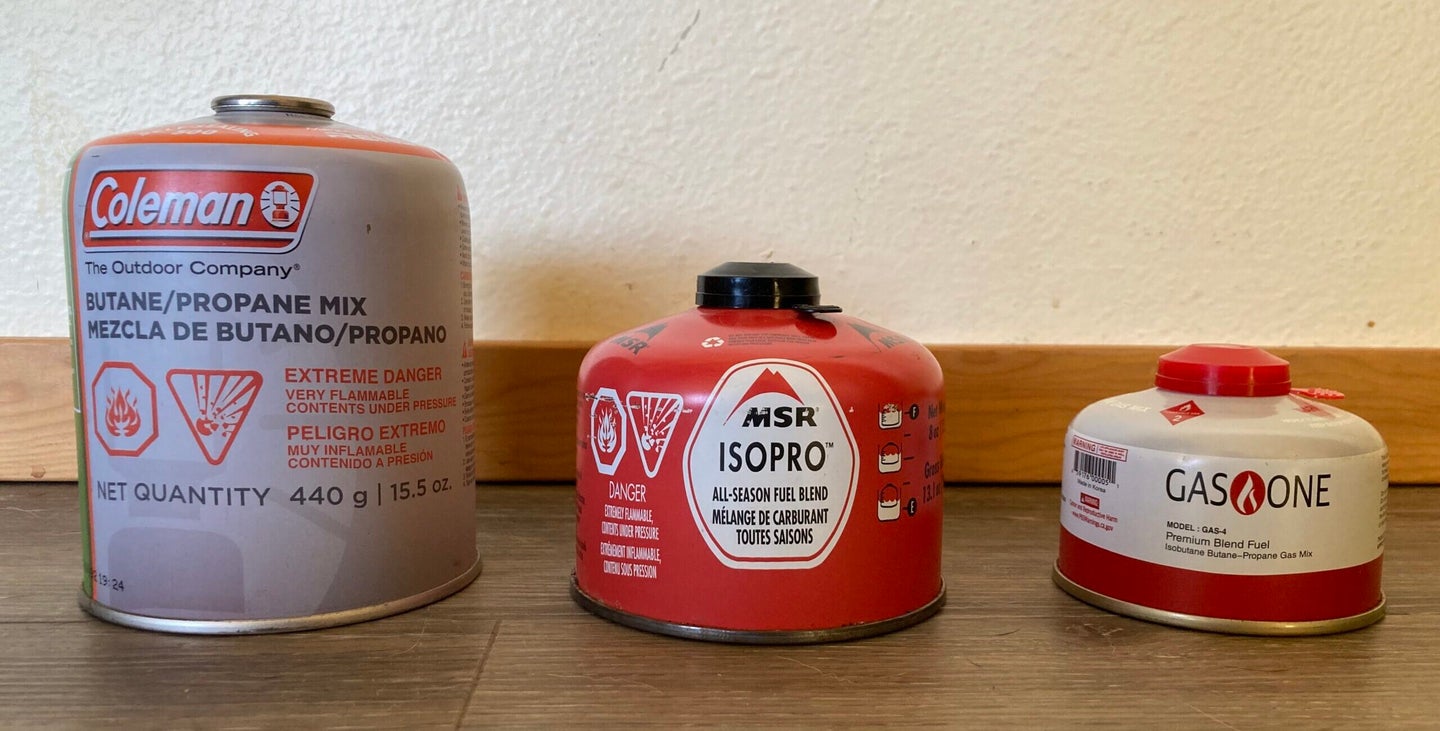
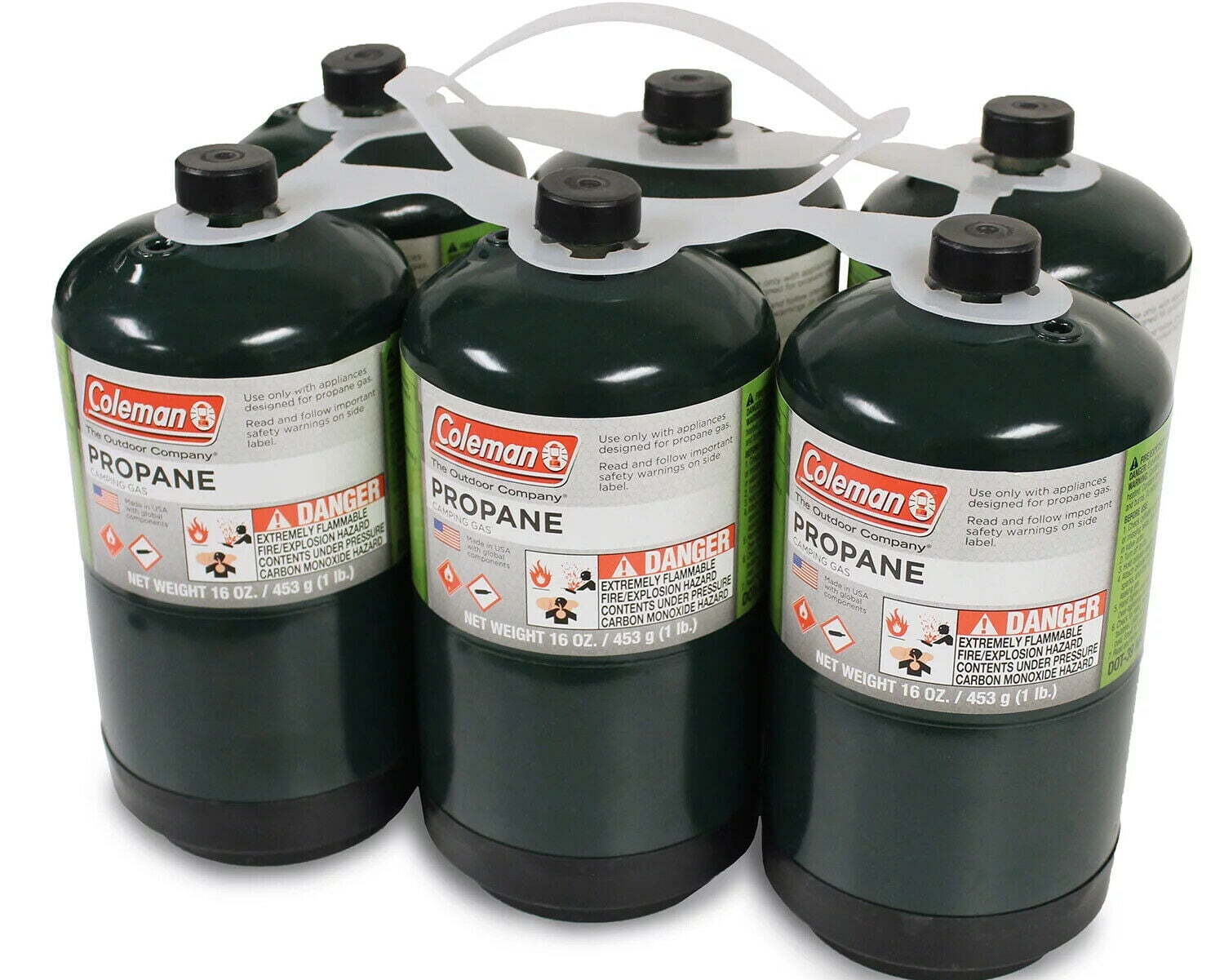
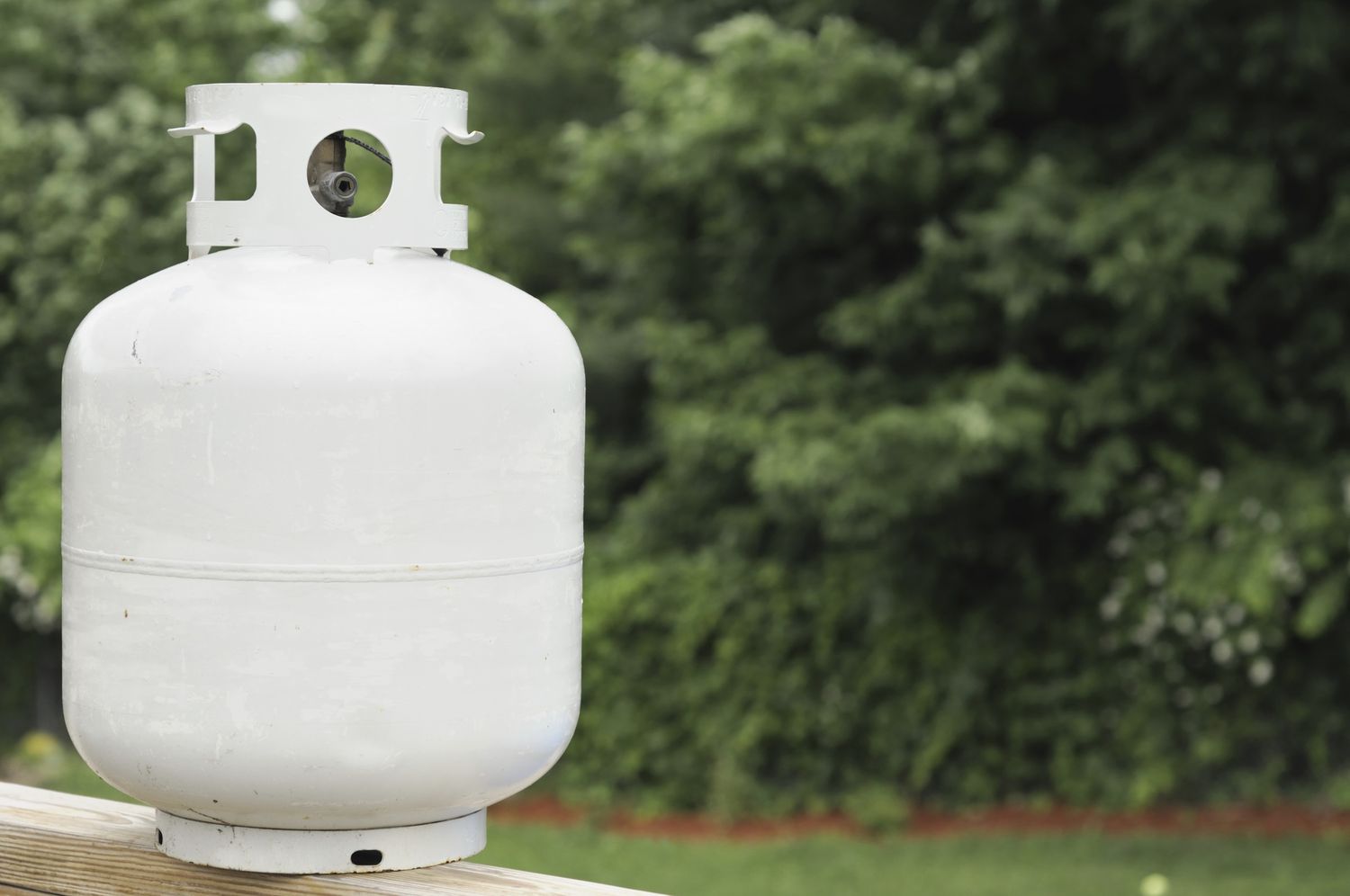

0 thoughts on “How Long Does A Patio Heater Propane Tank Last?”